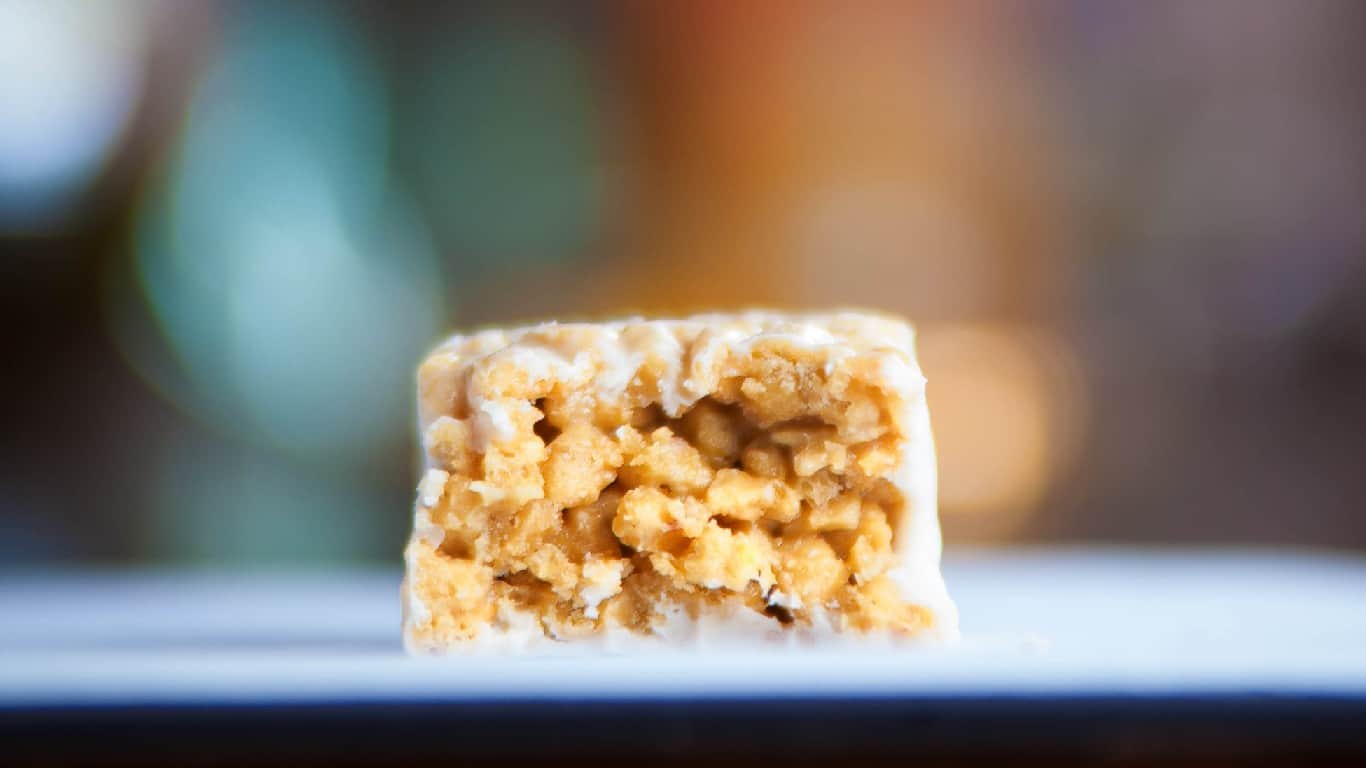Certain things in our lives that we have always believed to be good for us may not always actually be all that healthy. With advances in research, medicine, and technology, many of what once was thought to be the peak of well-being has now shifted. Like most trends, health fads have always come and gone with the times; food fashions that often seem to be great for our bodies but now are taboo.
With advances in nutrition science, foods that were formerly considered healthy are occasionally revealed to be exactly the opposite. Foods like margarine, made from vegetable oils and containing no cholesterol, which was thought to be a healthier alternative to butter, that was once thought to cause heart disease.
Even diet soda was once believed to be better for us than regular soda because it contained less sugar but it was discovered to be even worse, with artificial sweeteners and additives that are linked to a host of additional issues (although soda is still not a healthy option either). The emergence of fad diets increased the vilification of certain foods as well. (Alternatively, here are junk foods that are actually not so bad for you.)
At the end of the late 1980s, a diet food trend emerged, touting fat as the enemy and championing items such as frozen yogurt, frozen lean dinners, and wheat bran muffins. As it turns out, many items marketed as low in fat rely on extra sugar or sodium and a host of additional additives and preservatives to make up for the loss in flavor.
To determine foods once believed to be healthy, 24/7 Tempo referred to numerous health and nutrition sites including Women’s Health and Healthline, focusing on fad foods that have moved beyond their peak. Thanks to modern nutrition, an abundance of health problems was revealed to be associated with eating excess of sugar, including high blood pressure, weight gain, diabetes, inflammation, and an increased risk of heart attack and stroke. The effects of eating too much salt include an increased risk of high blood pressure, kidney disease, and even stomach cancer.
Juice flavored drinks

Fruit juice cocktails and juice flavored soft drinks can be just as high in sugar as an average soda, and often contain artificial colors and flavoring. Although some may offer a token amount of nutrients, the resulting spike in blood glucose levels is similar to the effects of drinking a cola.
Agave syrup
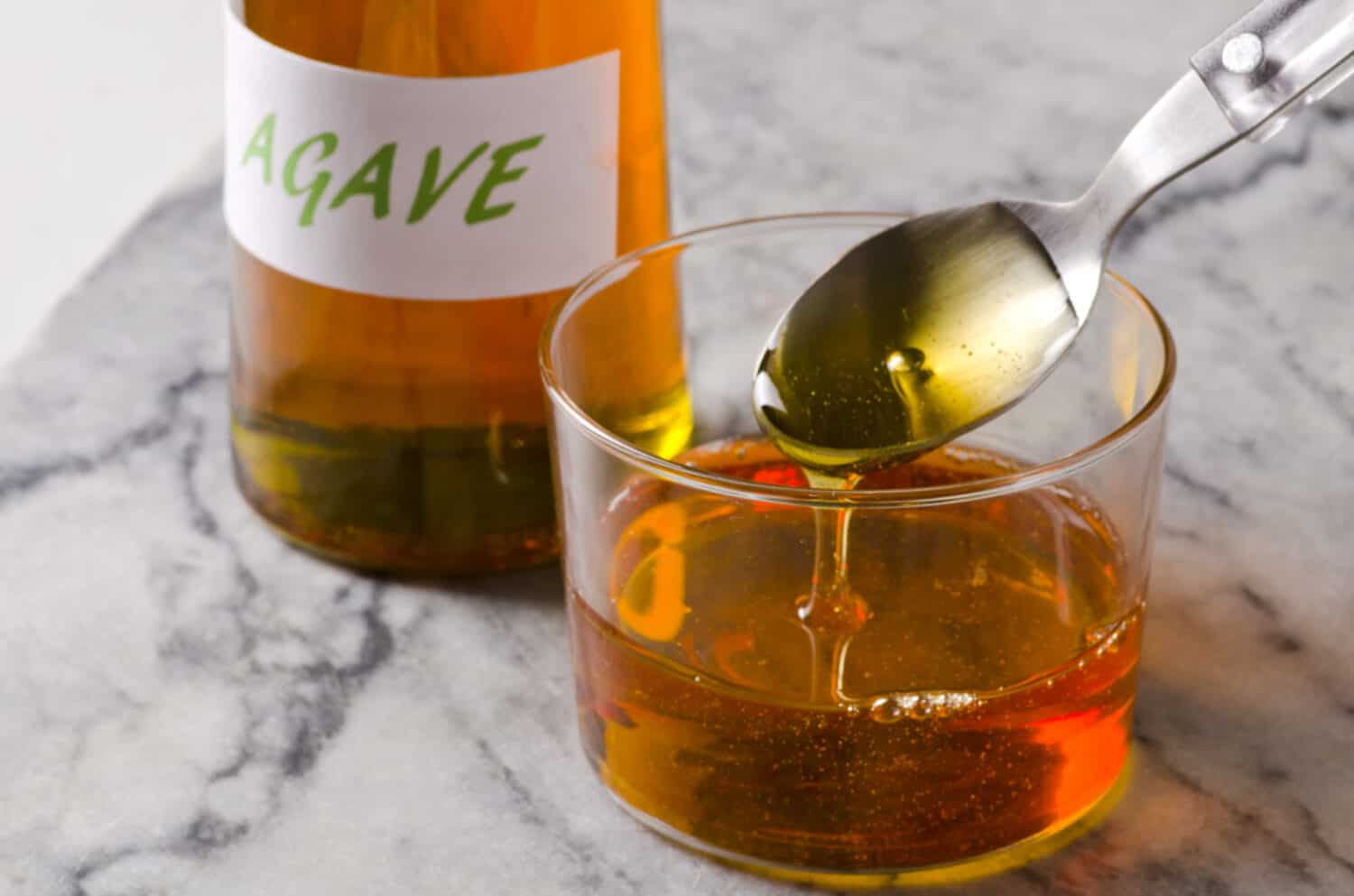
Although many nutritionists now consider agave to be worse than sugar, it was once touted as a low-glycemic natural sweetener, agave syrup is actually higher in fructose than high-fructose corn syrup, and contains virtually no fiber or nutritional benefits. High fructose intake may contribute to insulin resistance, heart disease, and diabetes.
Bran muffins
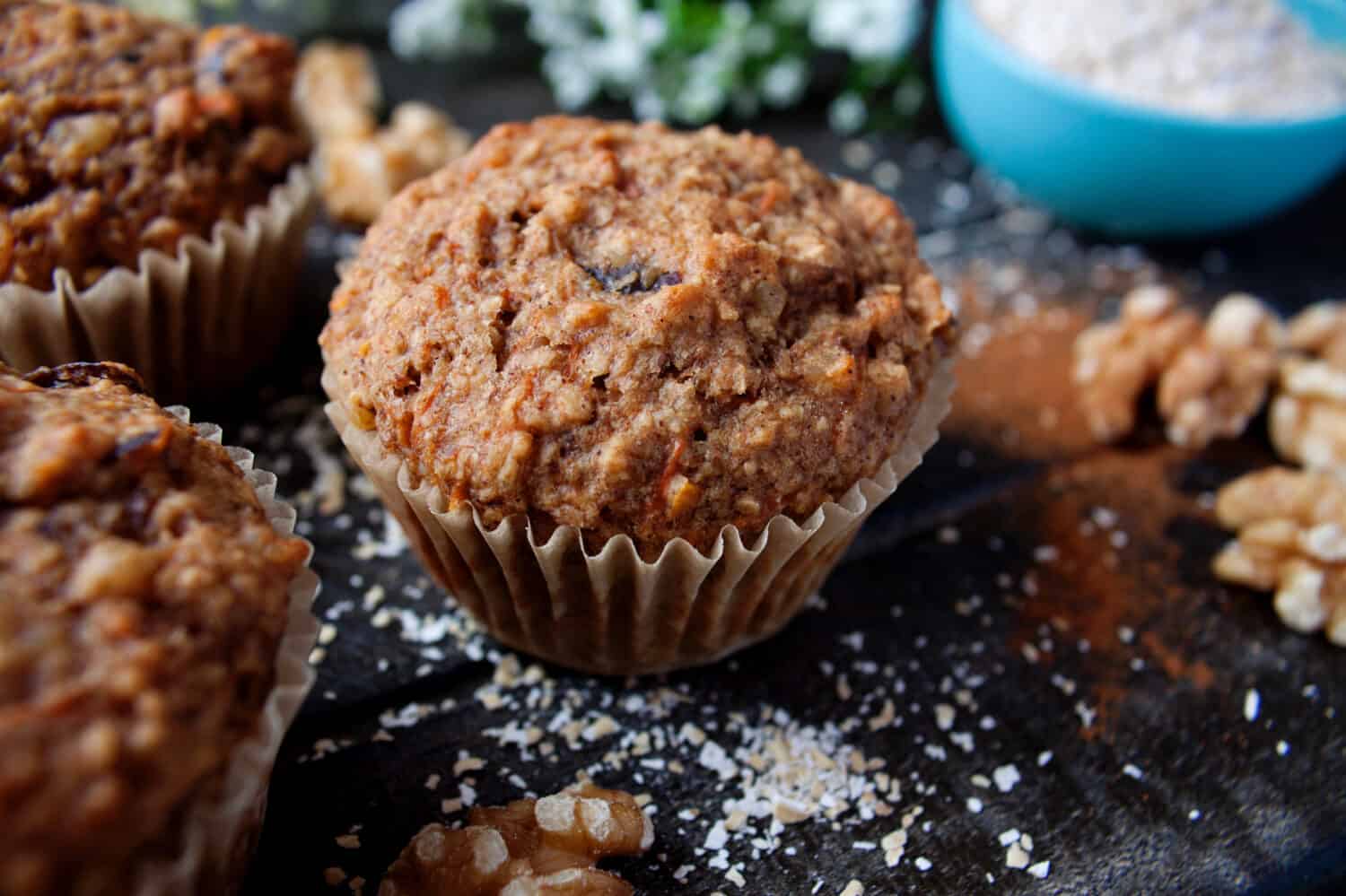
Bran muffins were once marketed as a healthy breakfast option, but they often contain only 3 grams of fiber, and can pack in 400 calories and 36 grams of sugar. For reference, the American Heart Association recommends an intake of no more than 24 to 36 grams of sugar a day.
Breakfast cereal
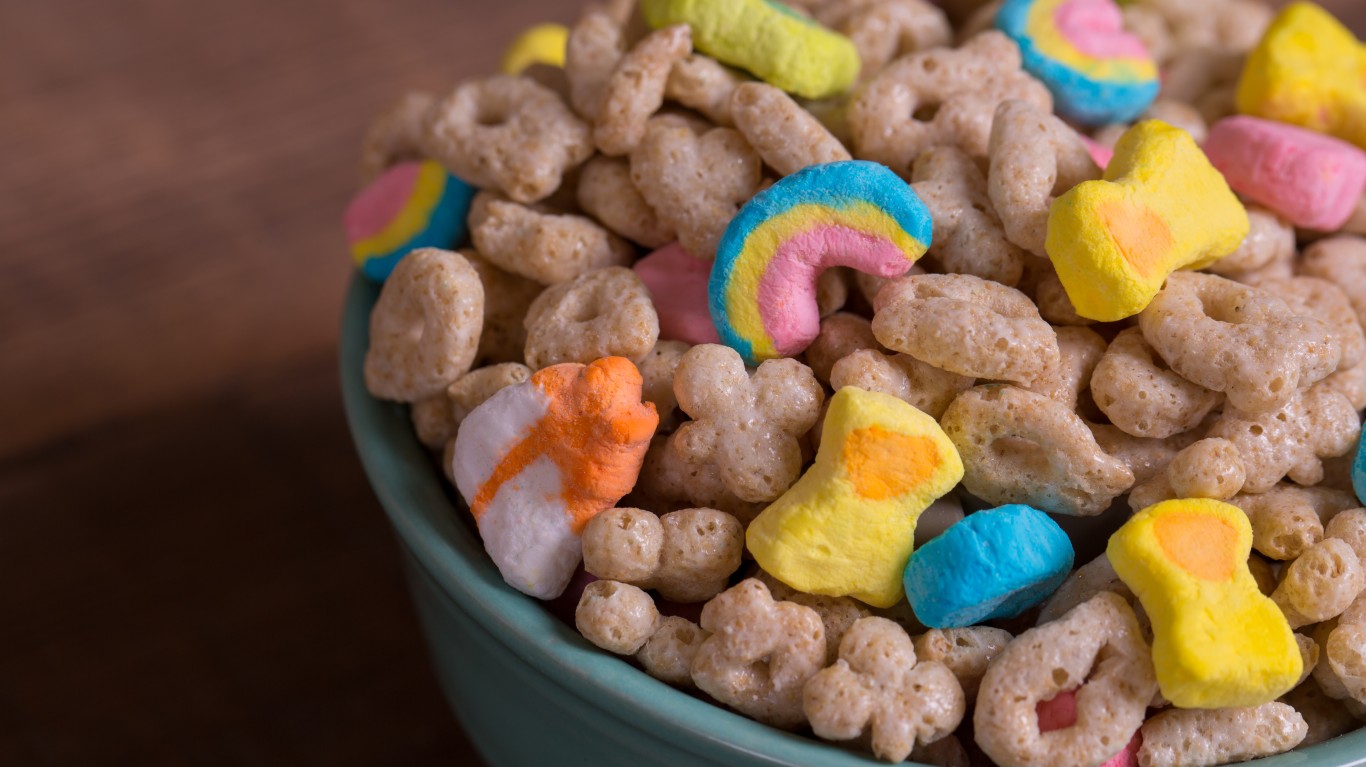
Once believed to be a great way to start the day, breakfast cereals are often made with refined grains that offer little protein or fiber. With mini marshmallows, candy bar flavors, and frosted coatings, they have excessive levels of sugar and are the third-largest food source of added sugars in children and adolescent diets.
Canola oil

This is a highly refined oil that was once considered healthy because it’s low in saturated fat. However, it is usually processed using heat and chemical extraction, which can lead to molecular instability which means canola oil can oxidize or go rancid very easily.
Canned soup

Canned soups have been around since the late 19th century, but only recently have they come under fire for their extreme sodium contents. Even low-sodium varieties should be avoided by those with hypertension and while there may be many brands touted as healthy, it’s always best to avoid any canned varieties.
Diet soda

Although they don’t have traditional sugar, diet sodas still contain sweeteners which are linked to even more serious issues. In addition to being linked to weight gain, they also have been found to give drinkers a higher risk for metabolic syndrome. This may be because the sweet taste without the calories actually makes people crave more sugary and calorie-rich foods.
Flavored oatmeal
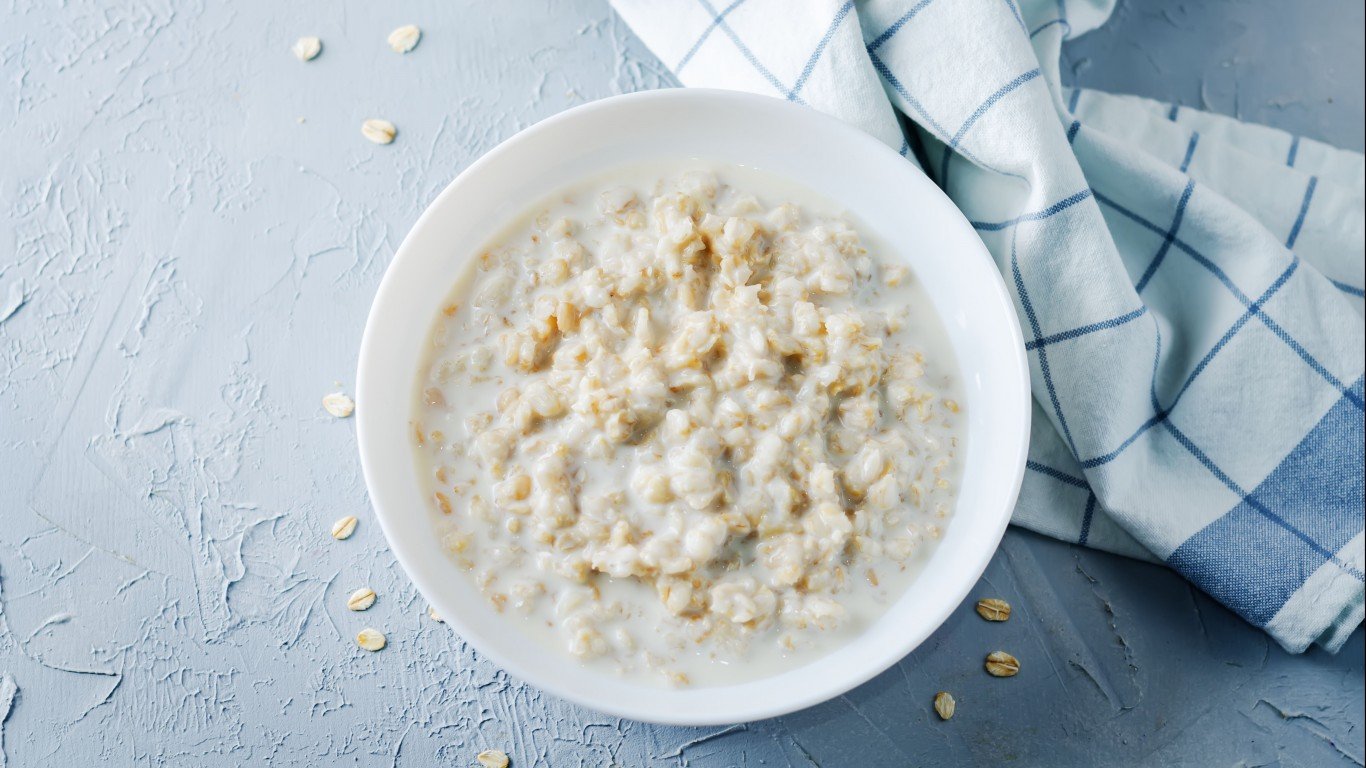
While some oatmeal can be good for you, there are others that negate any health benefits. Flavored oatmeal packets are seen as a quick, healthy way to start the day but the added sugar in some varieties can account for half of the ADA’s recommended daily allowance of sugar. Many people now choose to make their own oatmeal with a sprinkle of dried fruits and nuts.
Frozen diet meals

Frozen diet dinners were once a staple for people watching their weight. While they may be low in calories, many are still incredibly high in sodium and preservatives while containing less nutrients than home-cooked meals made with whole foods.
Frozen yogurt

The popularity of frozen yogurt was a a peak in the ’80s and saw a short recurrence in the early 2000s. This dairy concoction was touted as a healthy alternative to ice cream because of its lower fat content, but like many diet foods, it often contains even more sugar than regular version. It doesn’t help when people add multiple candy toppings and sugary sauces.
Fruit/gummy snacks
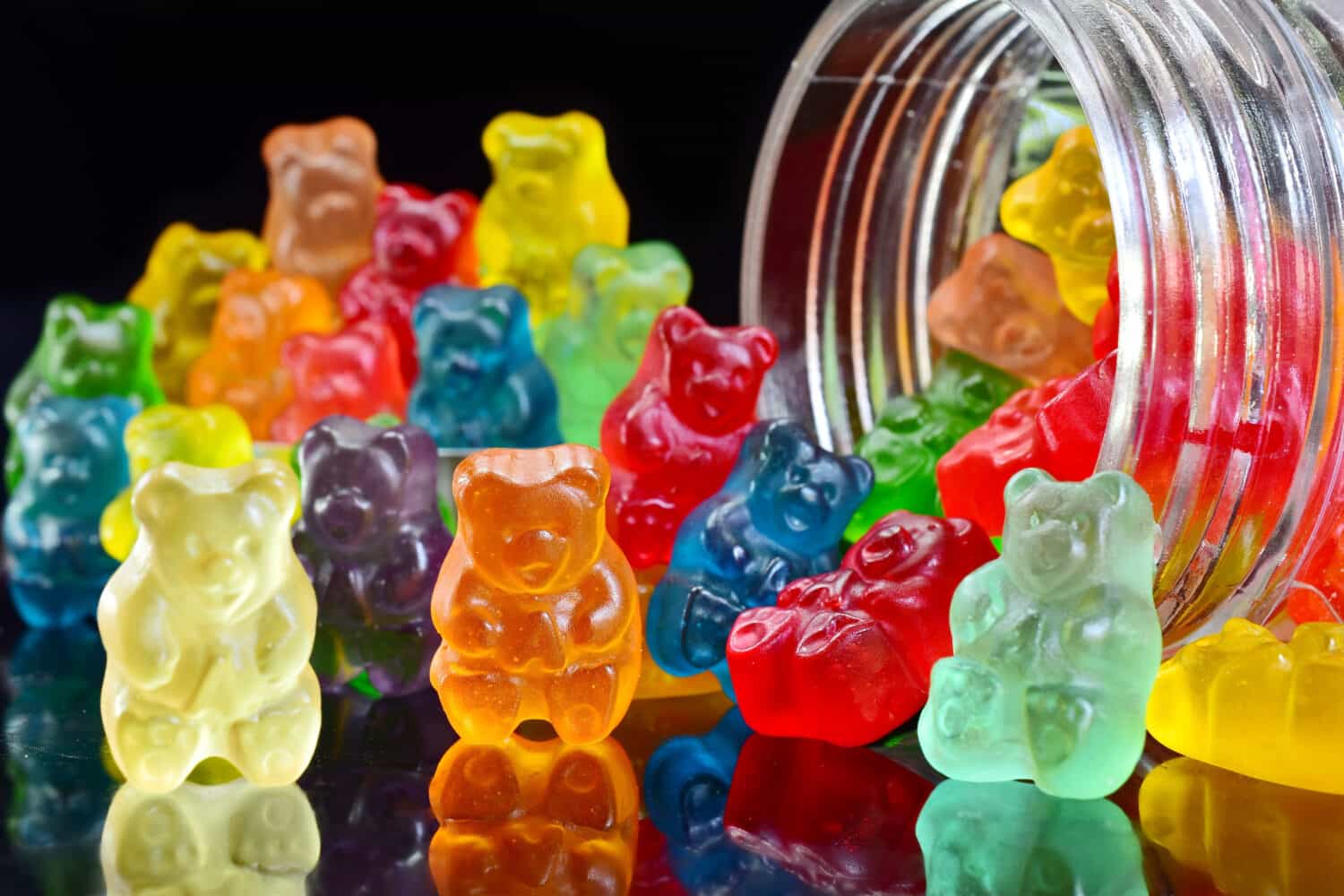
These gooey, squishy former lunch box staples are tiny little sugar bombs with none of the fiber or nutrients that real fruits offer, but plenty of artificial colors and flavors. They may be tasty – and convenient when you’re hungry for a small snack – but if it’s a fruity snack you’re searching for, stick with the real thing and grab a piece of fruit.
Granola bars
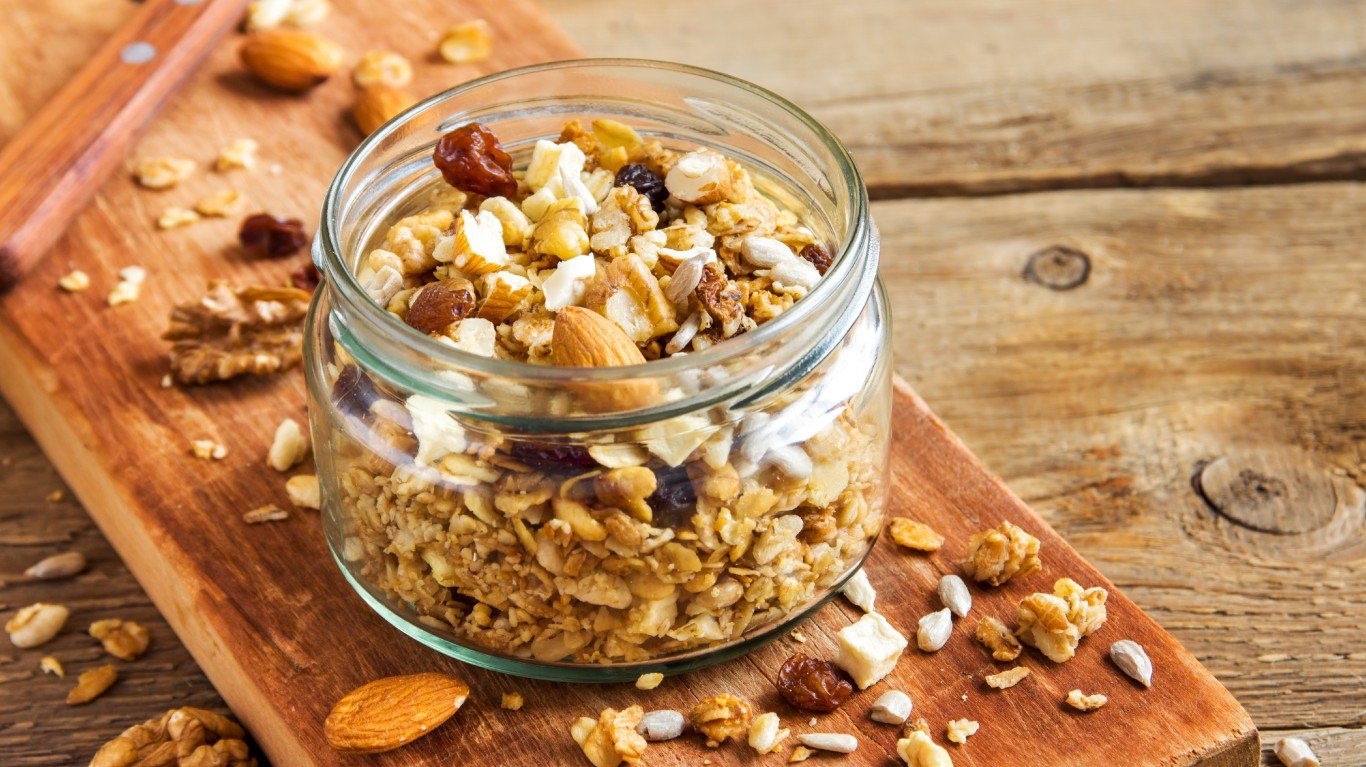
Granola bars became popular in the ’70s and ’80s and even today they are a staple in stores worldwide. Typically comprised of whole grain oats, which may good for you, but many often have chocolate chips, some high fructose corn syrup, and hydrogenated oils, and what once was a healthy snack has now been transformed into a high calorie, low nutrient snack.
Margarine

This low in saturated fat spread was once regarded as being healthier than butter but margarine commonly contains trans fats, which are associated with a higher risk of heart disease and can also raise your LDL “bad” cholesterol levels.
Meal-replacement shakes
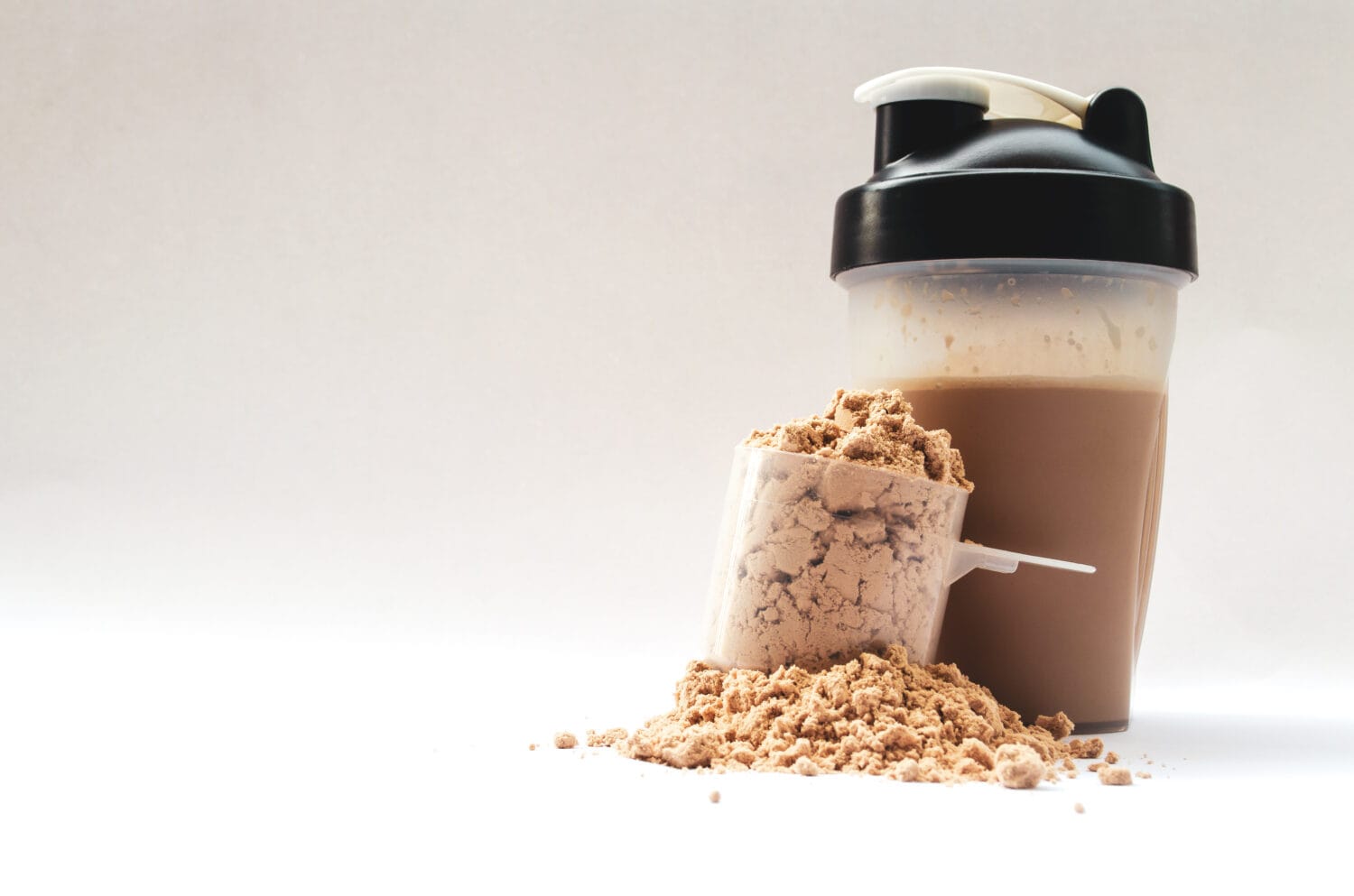
Meal replacement shakes were created as an way to provide nutritious meals in a easy-to-eat form. Along with diet shakes, which were intended as a way to fuel the body while cutting back on calories, these meal replacements seem to get a makeover every few decades. They may be a convenient way to get nutrients, they many are also loaded with sugar. Some popular diet shakes contain as much sugar as a candy bar.
Multi-grain bread
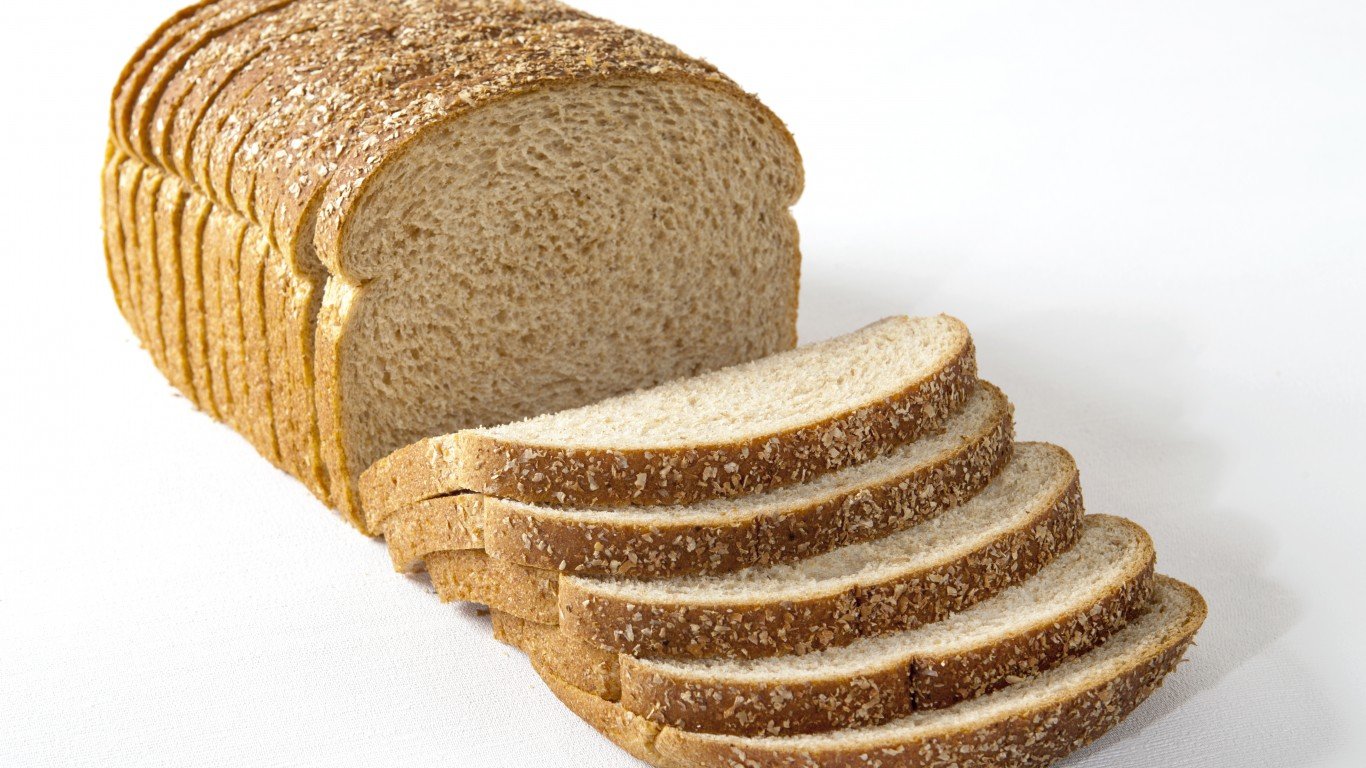
Commercial whole grain bread saw a rise in popularity when the benefits of a fiber rich diet was discovered. But not all breads are created equal and reading ingredient labels is key when selecting bread. Many multi-grain breads still rely on refined wheat flour as their main ingredient, and some have high sugar contents due to added corn syrup, molasses, or honey.
Protein bars
Protein bars became a popular snack in the mid ’90s, prompting one New York Times writer to label them “a high octane snack for yuppies and fitness freaks.” These high-octane snacks eventually made it into the mainstream, becoming a snack staple for many people. They may be helpful for athletes and weightlifters, but protein bars are far from health food and are unnecessary for those who eat a balanced diet. Many contain artificial flavors and colors, corn syrup, oils, and thickening agents.
Rice cakes
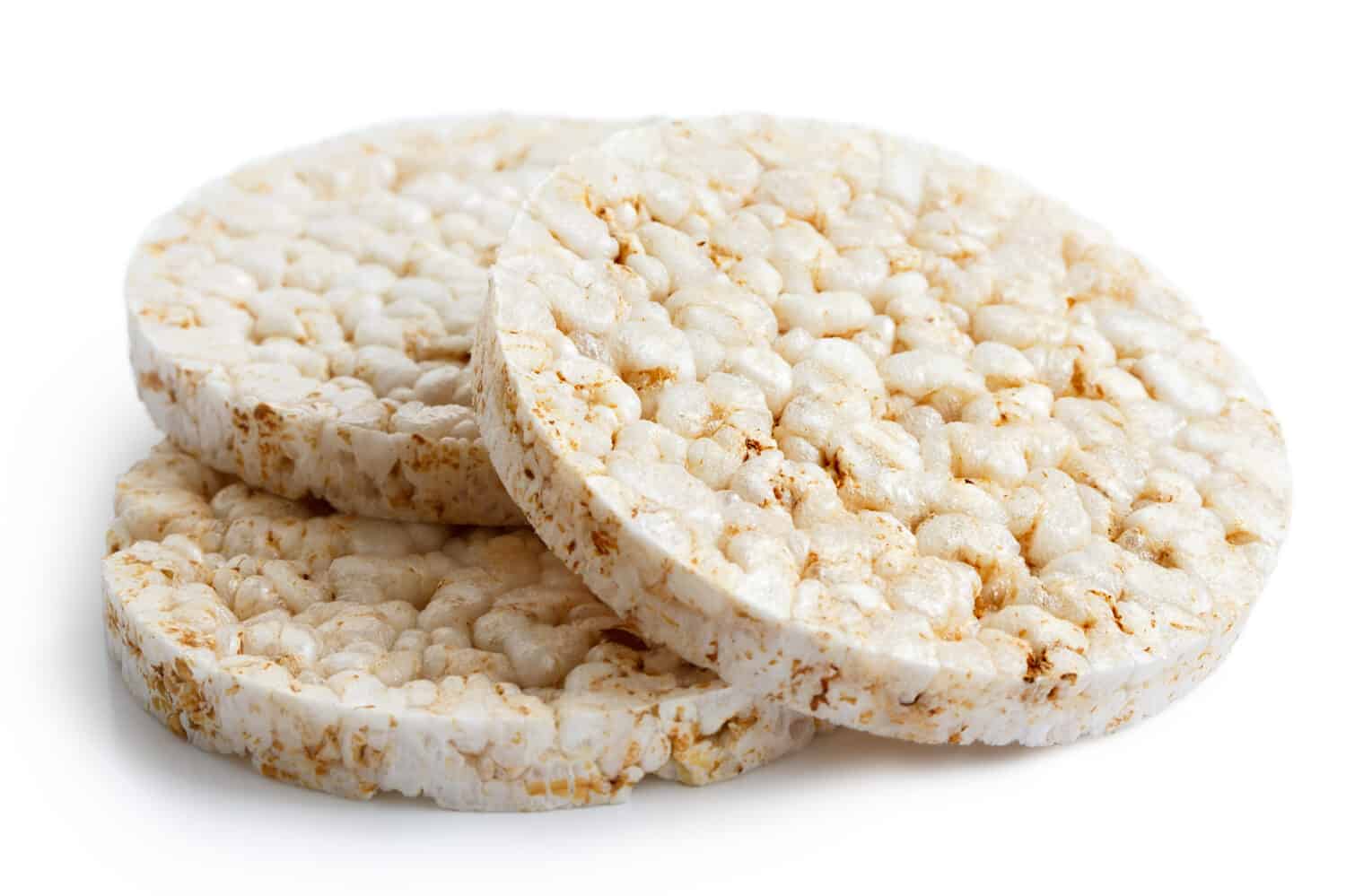
Rice cakes reigned supreme during the health food boom of the ’80s, touted as the ultimate low-carb, low fat snack. They may not contain many calories but they also don’t contain much of anything else. They are nearly devoid of fiber, protein, and nutrients. In addition, the flavored varieties can also be high in sodium.
Sports drinks
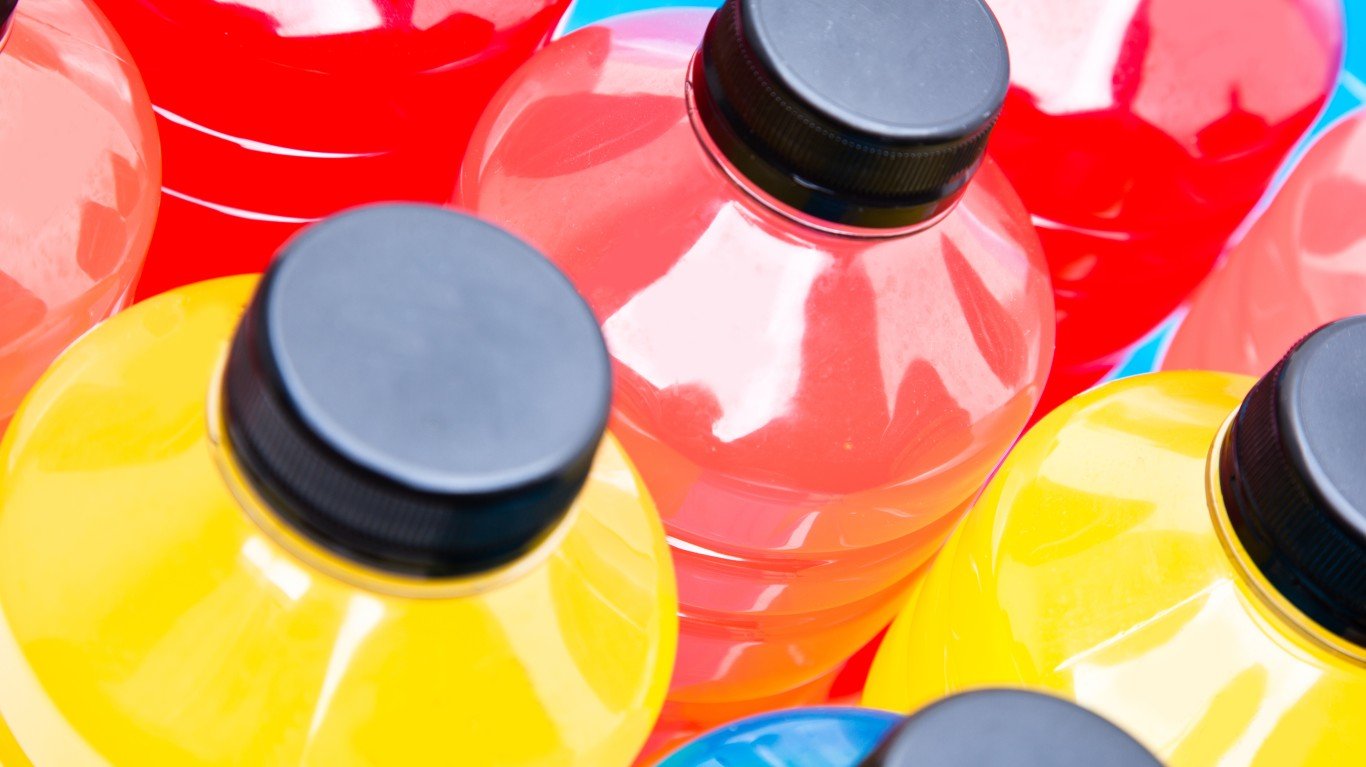
Another item intended for athletes, sports drinks can help in the recovery of electrolytes that are lost after intense workouts, but most people won’t benefit from drinking them on a daily basis. They are often loaded with artificial colors and flavorings, as well as added sugar.
Turkey bacon
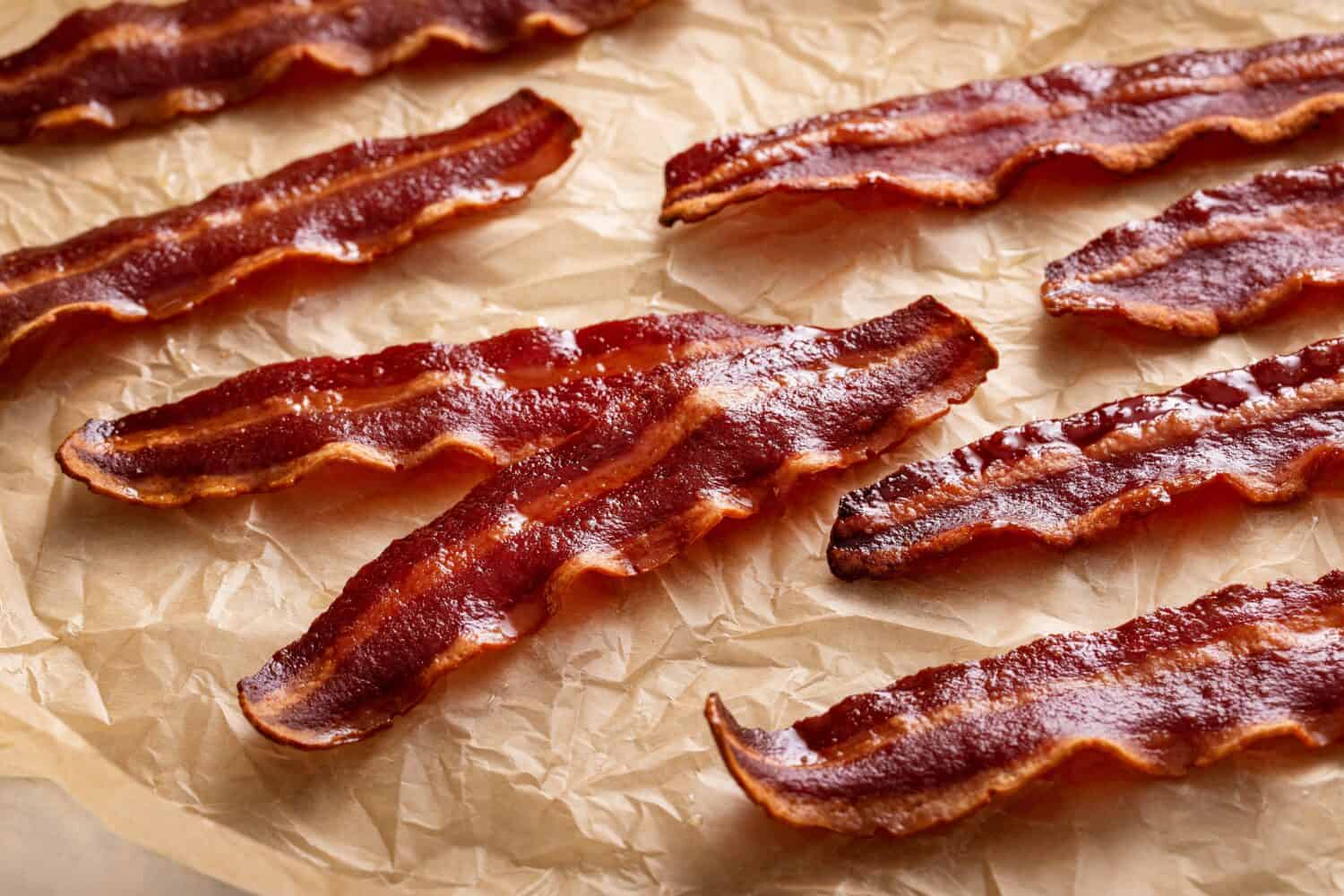
Turkey bacon is a lower fat alternative to bacon as well as those who do not consume port for various reasons. This bacon substitute became popular in the ’90s and although it may have less calories than pork bacon, it’s still a processed meat product with fat, sodium, and nitrate contents that are something to be avoided.
Wraps
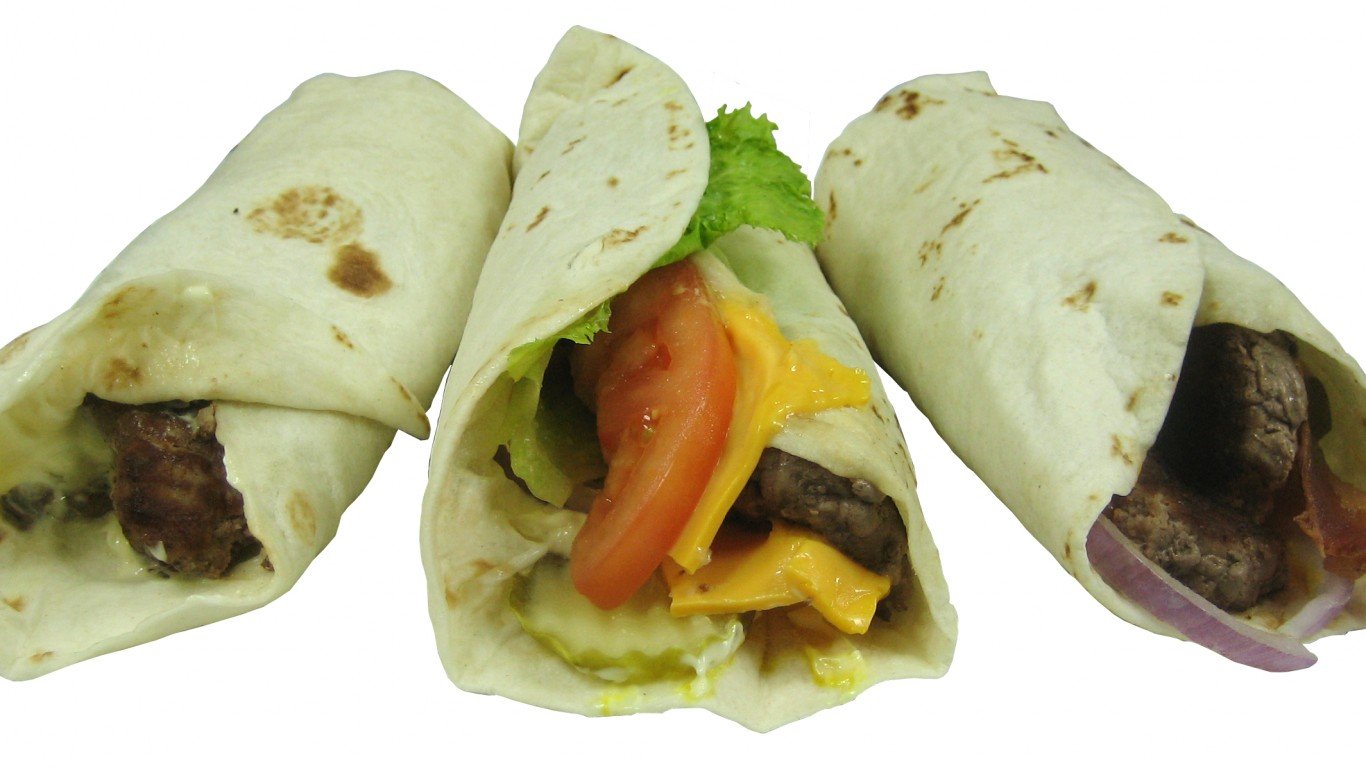
Wraps are thought to be healthy because they contain vegetables, a protein, and a grain. Many people often chose them over sandwiches, also believing they were less in carbohydrates. However, a single wrap can have more calories than two slices of bread but appear to have less mass because it is unleavened and more dense. Some wraps even have mostly fillers, like grains, and less protein and vegetables, which doesn’t add much of a nutritional impact.
Yogurt cups

While unflavored yogurt is a great source of protein and calcium, flavored yogurt cups are generally very high in sugar, with fat-free varieties sometimes containing 20 grams in one serving. The fruit concoction on the bottom adds to the sugar as well. Many people now opt for unflavored Greek yogurt that can be embellished with fresh fruit or nut butter.

